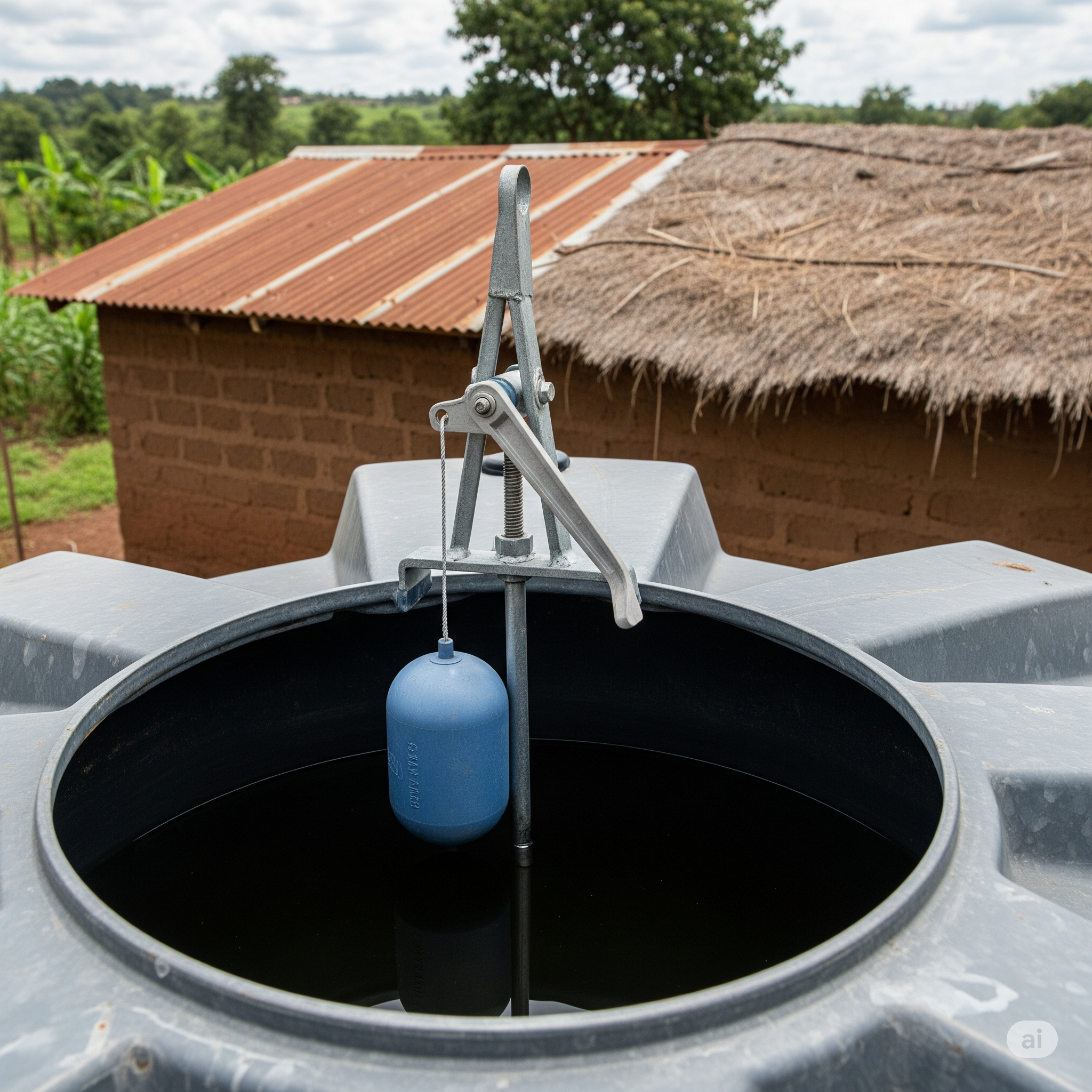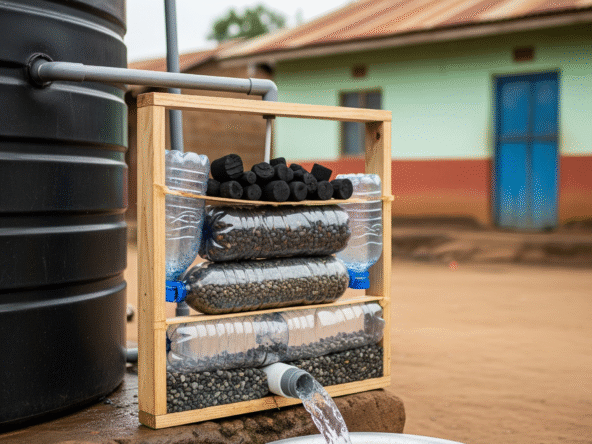Installing a tank float valve is one of the easiest and most affordable upgrades you can make to your water management system in Kenya. Whether you’re using a 5000-litre tank for a rental compound, a 1000L IBC tank for irrigation, or a gravity-fed tank setup for a multi-story home, float valves help you automate inflow, prevent overflows, and cut down on manual supervision.
This guide breaks down how float valves work, how to install one at home, and why they’re a smart upgrade especially in properties using rainwater harvesting systems or solar-powered tank refills.
What Is a Float Valve?
A float valve is a simple mechanical device that automatically closes or opens a water inlet depending on the tank’s water level. It consists of a buoyant float connected to a lever. As the water rises, the float lifts pushing the lever into a closed position that stops the flow. When water levels drop, the valve reopens.
Ideal Tank Types for Float Valves
Float valves can be used in:
- Plastic water storage tanks (like Kentanks and similar brands)
- IBC tanks for farming or aquaponics overflow systems
- Overhead tanks in gravity-fed systems
- DIY tank stands for rural or off-grid installations
(see: DIY Tank Stand Construction in Kenya)
Materials for DIY Float Valve Installation
To install a float valve, gather:
- A standard float valve kit (readily available at hardware stores)
- A drill with a hole saw bit
- Plumber’s tape (PTFE tape)
- Spanners or adjustable wrenches
- Marker pen for positioning
Step-by-Step Installation Guide
1. Mark the Placement
Choose a spot near the top side of the tank where you want the valve to shut off inflow. Mark it clearly.
2. Drill the Hole
Drill a hole matching your valve’s thread size. Clean off any debris around the hole for a smooth seal.
3. Fit the Valve
Insert the valve through the hole and secure it with the provided washers and nut. Wrap any threads with PTFE tape to prevent leaks.
4. Attach the Inlet Pipe
Connect your inlet pipe securely, especially if using larger tanks like a 10,000-litre option, which puts more strain on connections.
5. Test the Float
Turn on your water source. Watch the float rise and verify that it shuts off the water automatically once the tank is full.
Benefits of Using Float Valves in Kenyan Homes
- Eliminates water overflow—especially in heavy rains
- Reduces manual tank monitoring
- Saves water—ideal for metered or borehole supply
- Protects surroundings from water damage
- Works well with automated tank refill systems and solar-powered pumps
Common Float Valve Issues (And Fixes)
| Problem | Possible Fix |
|---|---|
| Water keeps flowing | Check for valve debris or damaged seals |
| Float doesn’t shut valve fully | Adjust float arm or replace punctured float |
| Water overflows even with valve | Add overflow piping and an overflow alarm for backup |
A DIY tank float valve is a simple but powerful upgrade that improves the efficiency, safety, and sustainability of your water storage system. Whether you’re running a multi-unit residential property, a rural homestead, or an urban garden with aquaponics, this device helps ensure you never waste water again.



